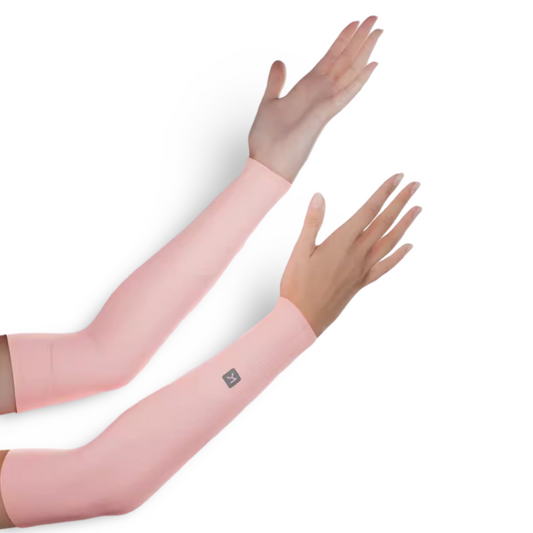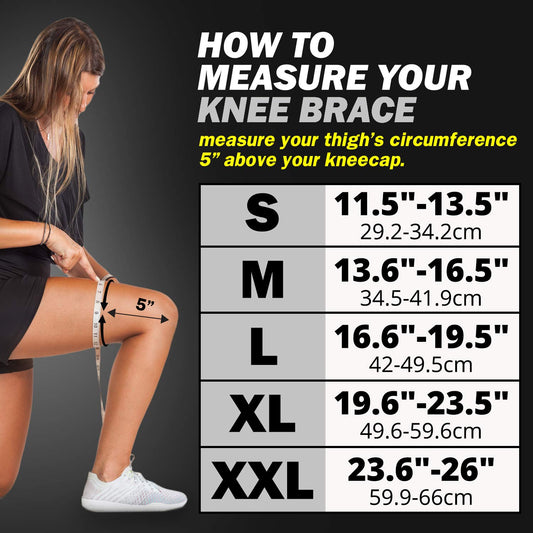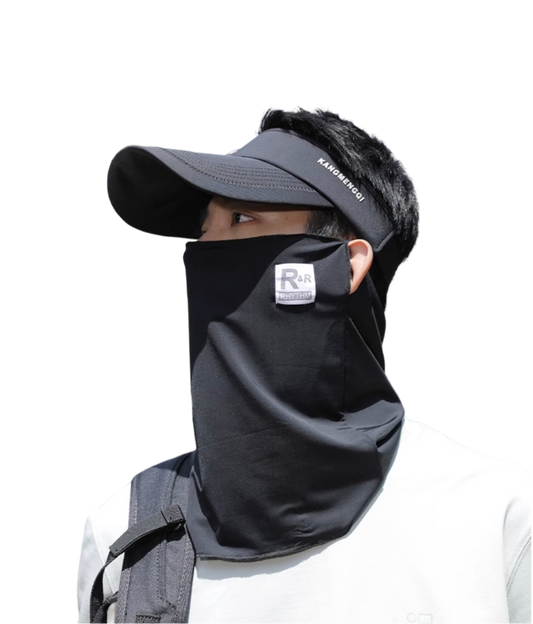Tennis involves fast-paced upper and lower limb movements and emphasizes hand-eye coordination. It requires high spatial awareness and knee agility. Competitive athletes need good cardiovascular endurance and strong musculoskeletal systems with excellent joint range of motion and muscle strength. Key muscles involved include the quadriceps, hamstrings, glutes, calf muscles, chest muscles (pectoralis major), arm muscles (biceps and triceps), shoulder and arm muscles (rotator cuff, adductors, teres minor, subscapularis), wrist muscles (responsible for arm rotation), back muscles (erector spinae), abdominal muscles (internal and external obliques, rectus abdominis, transverse abdominis), and neck muscles (responsible for flexion and extension). Strength and flexibility training of these muscles is essential for competitive athletes.
Tennis injuries are classified into acute and chronic.
Common Tennis Injuries:

1. Rotator Cuff Injury: Caused by overuse and tendon strain around the rotator cuff. Tear of tendons attached to the humeral head affects shoulder joint movement. Symptoms include functional impairment and pain due to aseptic inflammation at the tendon site. Treatment involves ice application, rest, and non-steroidal anti-inflammatory drugs (NSAIDs). Seek sports medicine professionals if pain persists beyond a week.
2. Tennis Elbow (Lateral Epicondylitis): Painful injury due to aseptic inflammation or micro-tears in the forearm muscles and tendons. Often caused by overuse of forearm muscles or incorrect backhand technique, especially excessive wrist movement. Treatment follows the RICE principle (Rest, Ice, Compression, Elevation) and NSAIDs. Chronic cases may require surgical intervention.
3. Lower Back Pain: Commonly due to incorrect movements, especially the arched back motion during serving. This can cause discomfort and pain in the lower back, potentially leading to muscle spasms and arthritis, particularly in older athletes. Treatment includes rest and standardized use of NSAIDs.
4. Knee Pain: Anterior knee pain is common in tennis and can result from conditions like chondromalacia patellae, patellar tendonitis, and extensor mechanism inflammation. These injuries are common in both professional and recreational athletes and are often caused by excessive jumping. Treatment involves the RICE principle, NSAIDs, and physical therapy. Stretching exercises for the knee are also recommended.
5. Calf and Tendon Injuries: Result from overextension and excessive pressure on the calf muscles and tendons, leading to peritendinitis, tendon tears, or sudden tendon rupture. Severe cases may require bracing or surgical intervention. The RICE principle should be applied, and activity should be avoided during recovery.
6. Ankle Injuries: Common sports injury, particularly lateral collateral ligament sprains, with the anterior talofibular ligament being most affected. Treatment includes RICE, bracing to prevent further injury, and consultation with sports medicine professionals if severe bruising or swelling occurs.
7. Tennis Toe: Caused by tight shoes restricting toe movement, leading to bruising under the toenail during sudden starts or stops. Severe cases may require surgical intervention to relieve pressure or remove the toenail.











